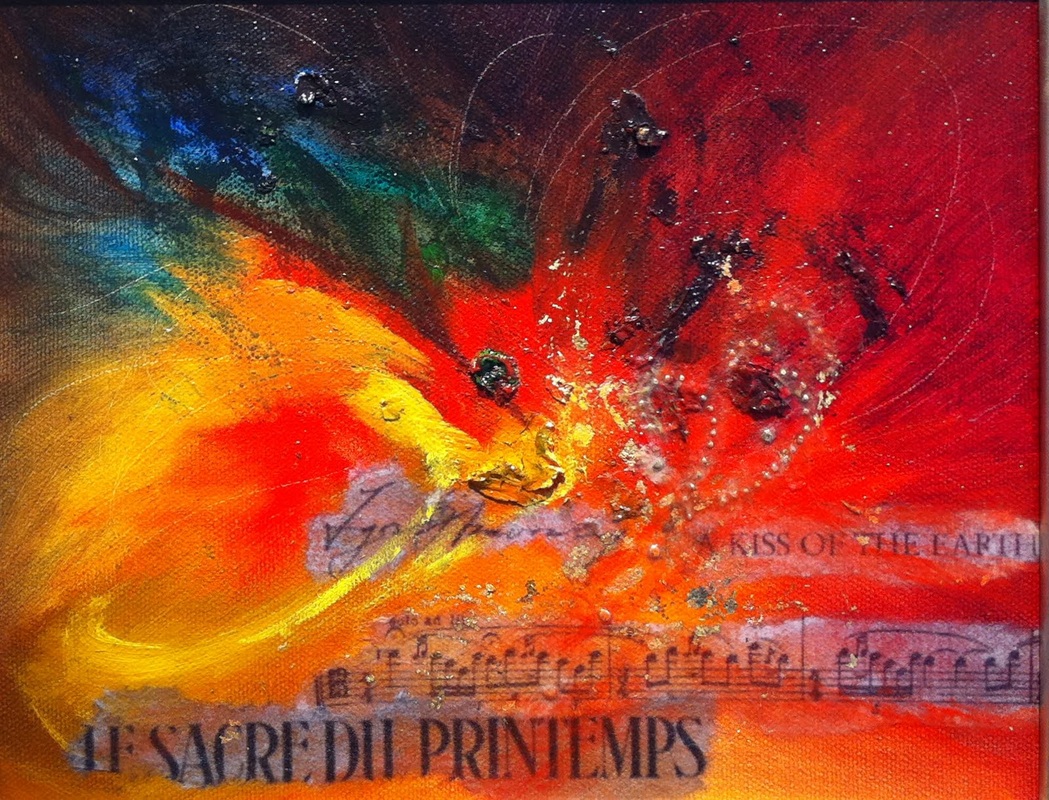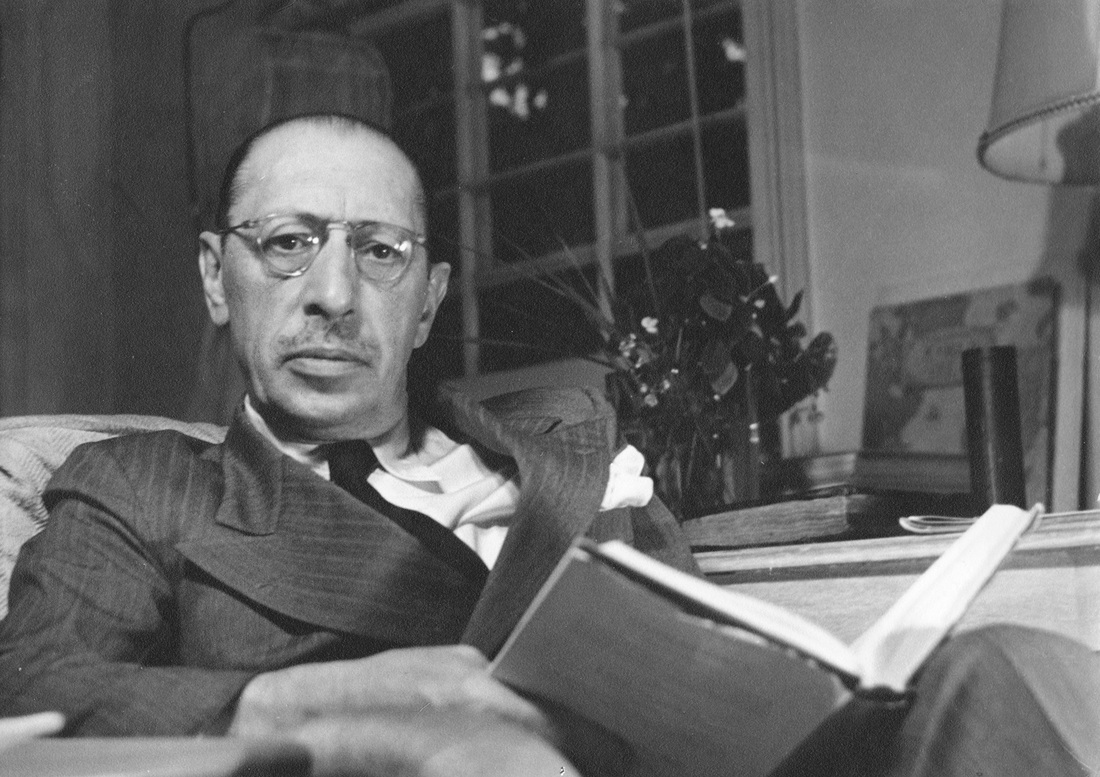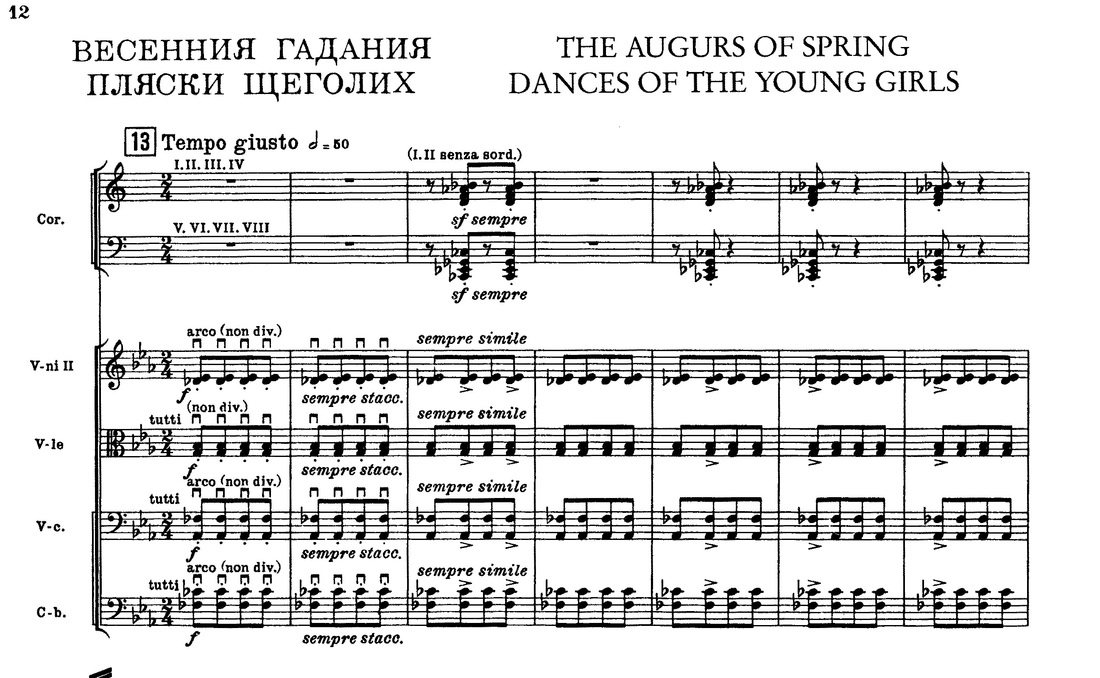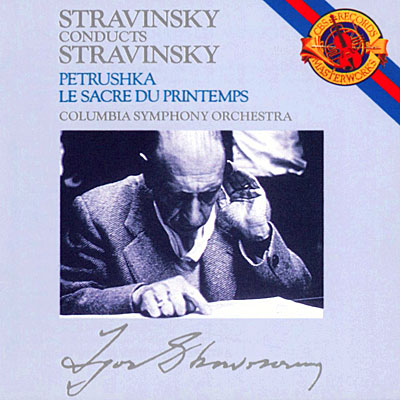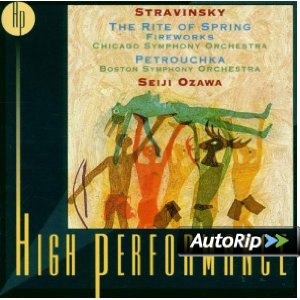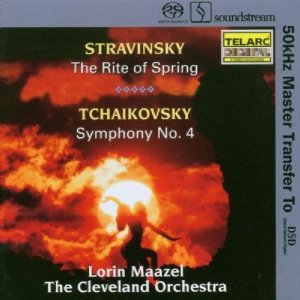n
The Rite was the third of Stravinsky’s large scale ballet scores for Sergei Diaghilev’s Ballets Russes. The first two ballets, the Firebird in 1910 and Petrouschka in 1911, were triumphs and quickly catapulted Stravinsky into the top echelon of classical composers of the day. The Rite was commissioned for the 1913 Paris season with original choreography by Vaslav Nijinsky, with stage designs and costumes by Nicholas Roerich. The concept for the piece was developed from composer’s idea of “Pictures of Pagan Russia in Two Parts.” The plot centers on several primitive rituals celebrating the advent of spring ending with a young girl being chosen as a sacrificial victim ultimately dancing herself to death in the composition’s closing bars.
But the Rite is arguably the more revolutionary work. Good friend Frank Ticheli, composer in residence at U.S.C., believes that the Rite is the more important of the two because of the composition’s size and scale. “It’s as if Stravinsky took traditional orchestration and forms, and tossed them out the window. His use of new and very sophisticated harmonic, rhythmic, and metric structures combined with traditional Russian and Lithuanian folk melodies was nothing short of revolutionary.”
To point, the score features dissonant harmonies that would only reappear decades later in various jazz works. Juxtaposed against these new, startling harmonies were deceptively simple Lithuanian and Russian folk tunes. Above all, however, the Rite introduced the powerful and innovative concept that rhythm could completely dominate a musical work over melody and harmony, the tradition of which had existed for over a thousand years in western music. Even the opening melody scored for solo bassoon in the high register was revolutionary for its time in that the instrument literally lacked the keys to be able to accurately play the part. Not surprisingly, makers of the instrument quickly adapted its hardware to be able to perform the piece. With those opening bars, Stravinsky set the stage for the revolutionary music that would follow–and music as the world knew it would never be the same.
Since that time the Rite has influenced every genre of music including the likes of jazz, heavy metal, rap, and hip-hop. To me it’s the most important—and influential–piece of music in the last century.
As of 2012, there were over 100 different recordings of the Rite available making it one of the most recorded of all 20th century compositions. Here are some of my favorites.
nn
